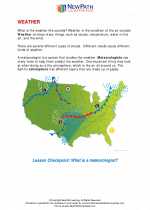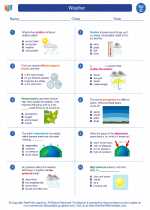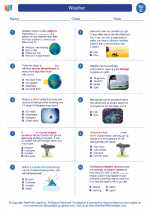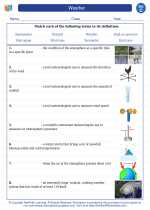Structure of Platelets:
Platelets are irregularly shaped and much smaller than red or white blood cells, with a diameter of about 2-3 µm. They lack a nucleus and are formed from the fragmentation of larger cells called megakaryocytes. Platelets contain granules filled with substances such as enzymes, clotting factors, and growth factors.Function of Platelets:
1. Blood Clotting: Platelets are essential for the formation of blood clots. When a blood vessel is damaged, platelets adhere to the site of injury and release chemical signals to attract more platelets. They form a plug at the site of injury to stop bleeding.2. Release of Growth Factors: Platelets contain growth factors that are involved in tissue repair and regeneration. These factors stimulate the healing process by promoting the repair of damaged tissues.3. Immune Response: Platelets also play a role in the body's immune response by interacting with immune cells and secreting immune-modulating factors.Disorders related to Platelets:
1. Thrombocytopenia: This condition is characterized by a low platelet count, which can lead to excessive bleeding and easy bruising.2. Thrombocythemia: In contrast, thrombocythemia is a disorder where there is an abnormally high number of platelets in the blood, leading to an increased risk of blood clots.Study Guide for Platelets:
.◂Science Worksheets and Study Guides Third Grade. Weather
Study Guide Weather
Weather  Worksheet/Answer key
Worksheet/Answer key Weather
Weather  Worksheet/Answer key
Worksheet/Answer key Weather
Weather  Worksheet/Answer key
Worksheet/Answer key Weather
Weather  Vocabulary/Answer key
Vocabulary/Answer key Weather
Weather  Vocabulary/Answer key
Vocabulary/Answer key Weather
Weather 

 Worksheet/Answer key
Worksheet/Answer key
 Worksheet/Answer key
Worksheet/Answer key
 Worksheet/Answer key
Worksheet/Answer key
 Vocabulary/Answer key
Vocabulary/Answer key
 Vocabulary/Answer key
Vocabulary/Answer key

The resources above cover the following skills:
EARTH AND SPACE SCIENCE (NGSS)
Earth’s Systems
Students who demonstrate understanding can:
Represent data in tables and graphical displays to describe typical weather conditions expected during a particular season.